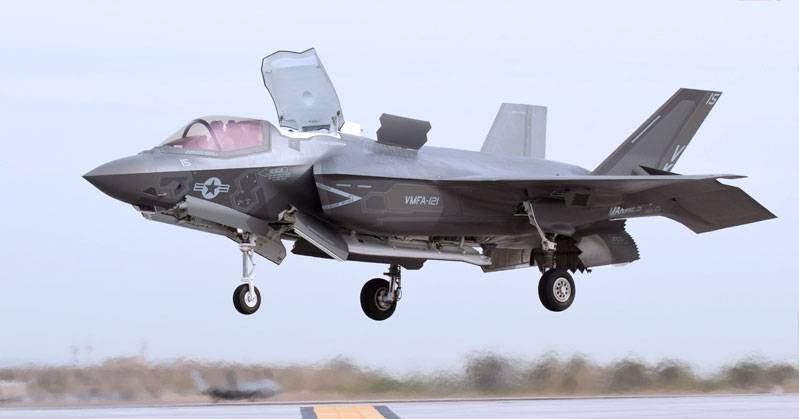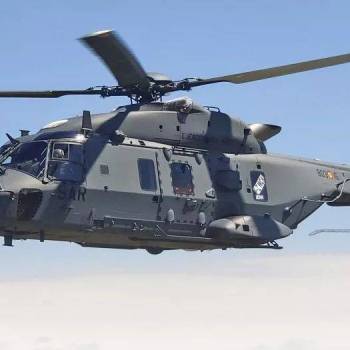
F-35B Lightning II.
The Lockheed Martin F-35 fighter plane is the aircraft of the moment. The US company has confirmed that it’s in conversations with the governments of Spain, Belgium and Switzerland for the sale of its planes.
Together with the United States, they join the list of 10 countries that have already signed the purchase of F-35 fighters: Australia, Denmark, Holland, Israel, Japan, Norway, South Korea, Turkey and the United Kingdom. After several problems and delays in production, the entry of new customers would allow the reduction of cost, as Lockheed Martin had targeted. At the moment, the price of the fighter plane is around 120 million euros with a cost of 40,000 euros per hour of flight. It is a fifth-generation, single-seater, multi-purpose aircraft with sneaking capacity that replaces the F-16, A-10, F / A-18 and AV-8B in ground attack, reconnaissance and air defence missions.
The F-35 has its origins in the 1993 Joint Strike Fighter project, which was born by merging two development programs to replace legacy fighters for the US Air Force, the US Navy, the US Marine Corps and armed forces from the ten other countries mentioned above. In the tender held in 2001, Lockheed's X-35 project surpassed Boeing's X-32 and was accepted.
In terms of design, the F-35 Lightning II is a 5th Generation fighter, combining advanced stealth with fighter speed and agility, fully fused sensor information, network-enabled operations and advanced sustainment, as a result of 30 years of vertical take-off aircraft testing development by Lockheed Martin. The F-35B version was in danger of failing performance requirements because it exceeded the maximum weight set in the specifications by one metric tonne. In response, Lockheed Martin added more power to the engine and lightened the aircraft by reducing the weapons hold, sending part of the power from the secondary nozzles to the main nozzle and redesigning the wing covers, parts of the electrical system, and the part immediately behind the cabin.
The main sensor on board of the F-35 is its active AN / APG-81 electronic scanning radar, designed by Northrop Grumman Electronic Systems, and accompanied by an electro-optical targeting system designed by Lockheed Martin (EOTS). The F-35 has six additional passive infrared sensors distributed throughout the aircraft as part of the Distributed Aperture System (DAS).
The F-35's Barracuda AN / ASQ-239 electronic warfare system equipment is designed by BAE Systems including Northrop Grumman components. The communications, navigation and identification equipment or CNI is also designed by Northrop Grumman and includes the advanced multifunction data link MADL.
If Spain's target is to have naval combat aircrafts in its fleet by 2030-2034, it will have no choice but to acquire between two and three dozen F-35B, since it is the only model worldwide that can operate in the strategic projection vessel 'Juan Carlos I', the largest and most tonnage combat vessel of the Spanish Navy. To take full advantage of the investment made, it is necessary to have airplanes with VTOL or STOVL capacity, since the ship lacks an alighting system with a braking
cable.
Source: Lockheed Martin, Defence News, Spain MoD

Written by Leire Bautista
Leire Bautista is Civil Engineer and a Supply Chain Management Expert


